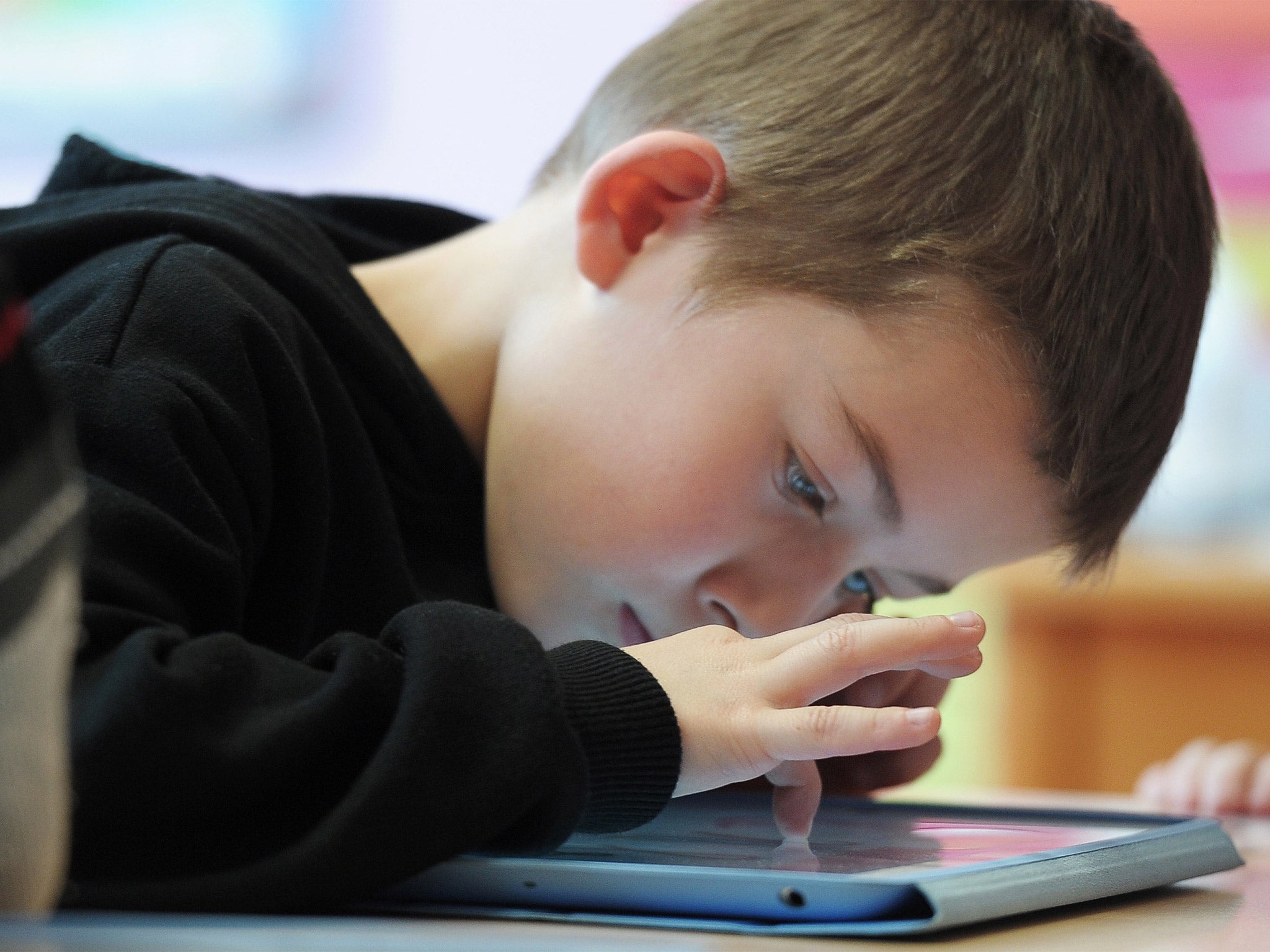Back to the future: How the iPad has recreated that 1950s feeling
Ofcom claims tablet devices are helping families to come together in the living room

The tablet device has become the electronic equivalent of a nanny and is helping families to come together in the living room like they did in the Fifties, the broadcasting regulator Ofcom claims.
The organisation, which described the tablet as an “electronic babysitter”, has released research showing that 91 per cent of parents who possess an iPad or a similar device say they either allow their children to use it or have bought their offspring one of their own.
Three-quarters of parents said the tablet was a “useful tool” for entertaining and educating their children.
Meanwhile, Ofcom’s annual Communications Market Report has also identified a resurgence in the use of the living room television set, with 91 per cent of adults saying they watched programmes on such a screen each week.
The equivalent figure in 2002 was 88 per cent, which had prompted speculation that television viewing was becoming less of a communal experience. Despite the popularity of the iPlayer and other online television services, the rise in sales of large high-definition televisions in the past decade – combined with the popularity of watching programmes while “dual screening” on mobile devices – has brought households back to the living room, Ofcom said.
“People are streaming videos, firing off instant messages and updating their social media status – all while watching more television than before,” it said. The study found that women (56 per cent) were more likely than men (51 per cent) to “media multitask” by using the internet for browsing, shopping or networking while watching television. Such behaviour was even more common among women with children at home (66 per cent).
In the past year, the percentage of households with tablet devices has risen from 11 per cent to 24 per cent.
They are mostly used by children for playing computer games (71 per cent), watching short videos (44 per cent), browsing the internet (40 per cent) and watching television programmes or films (37 per cent).
Only 28 per cent of parents said that their children used tablets for school work.
Subscribe to Independent Premium to bookmark this article
Want to bookmark your favourite articles and stories to read or reference later? Start your Independent Premium subscription today.

Join our commenting forum
Join thought-provoking conversations, follow other Independent readers and see their replies